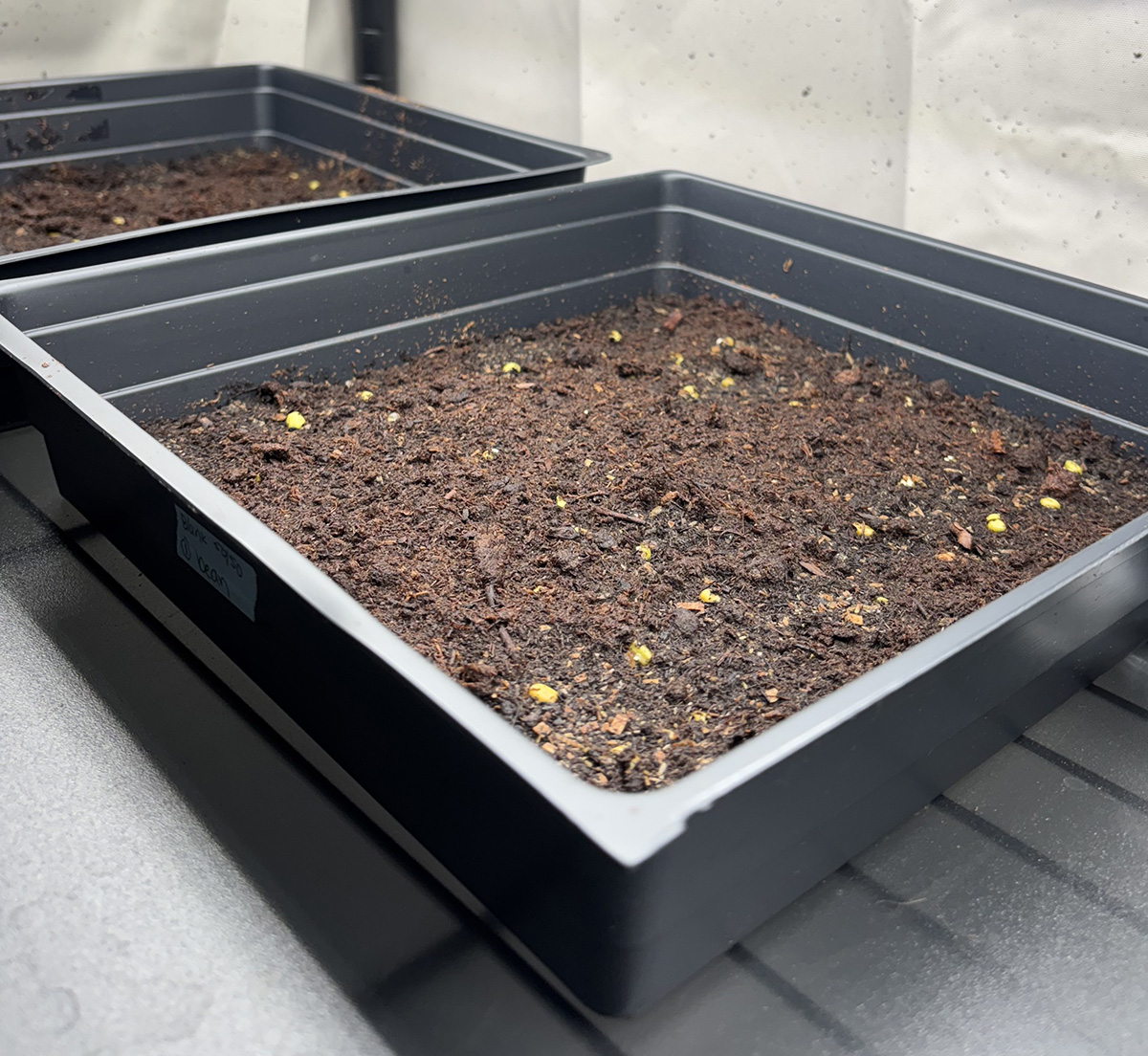Summary
The OECD 207 biodegradation test is the standard testing method to determine the toxicity of chemicals to earthworms. This test includes two methods: a paper contact toxicity test and an artificial soil test.
OECD 207 Testing Method
The first testing method of the OECD 207 tests is the filter paper contact toxicity test. During this process, the earthworms are exposed to the test substances on moist filter paper. This helps to identify potentially toxic chemicals to earthworks in the soil. OECD 207 testing range uses five dosages from 0.0001 mg/cm2 to 1.0 mg/cm2. Ten replicates need to take place for each dosage and each vial contains one worm. The vials are tested by being laid on their sides at 20º ± 2ºC in the dark for 48 hours.
The second testing method is the artificial soil test which gives data that is more representative of the natural exposure of earthworms to chemicals. The earthworks are kept in samples of precisely defined artificial soil during this testing method. For this process, five concentrations of the test substances in a geometric series should be applied, including one concentration resulting in no mortality and one concentration resulting in total mortality. These treatments should be replicated four times and the mortality of the earthworms is assessed 7 days after application and 14 days after application.
OECD 207 can test general chemicals, biocides, crop protection products, and more. The earthworm species that is used in this test is Eisenia foetida. Mortality in the control groups should not exceed 10% at the end of either the filter paper contact test and the artificial soil test.
What Aropha’s OECD 207 Test Can Do For You
Our goal at Aropha is to help our customers get their products to market as quickly as possible with cost-effective, rapid testing while still providing you with best-in-class ecotoxicity testing. We partner with you to make sure your project is a success from the start. Not only will you have the ability to access our digital twin simulation platform, but with our wide range of biodegradability testing offerings, you’ll be able to make sure your products meet the persistence and ecotoxicity criteria you require.
The OECD 207 biodegradability test is a great way to determine if your products contain toxic chemicals to earthworms, however, we offer so much more. Not only can you take advantage of our countless other biodegradability tests, but you can also use our biodegradability certification services to make sure you can properly substantiate your marketing claims.
Contact our team today to get started on testing your products’ ecotoxicity.
Pricing
$2299/sample for High-Throughput Screening$3599/sample for Biodegradability Certification

